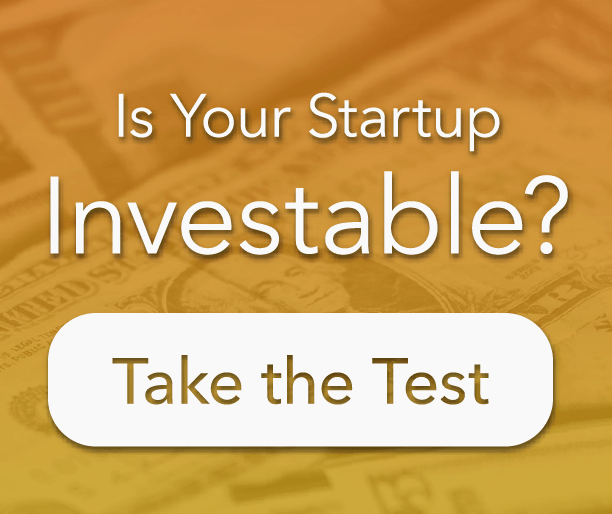
A Patent is a set of exclusive rights granted by the US Patent and Trademark Office (USPTO) or another internationally recognized organization to an inventor or assignee for an invention, product or process that provides a solution to a specific technological problem.
The Patent has a certain lifespan after which the invention is no longer protected from use. A Patent requires a detailed public disclosure of the invention. An outline of issues can be found in the Funding Life Cycle – Concept Stage of this site.
Any person who “invents or discovers any new and useful process, the machine, manufacture, or composition of matter, or any new and useful improvement thereof, may obtain a patent.” Naturally, the first step is to understand these three principles.
- Process: act or method of operation – primarily includes industrial or technical processes.
- Manufacture: articles that are made – includes factory or man-made articles.
- Composition of Matter: chemical compositions – may include mixtures of ingredients as well as new chemical compounds.
This leads to the three basic Types of Patents:
- Utility patent: may be granted to anyone who invents or discovers any new and useful process, machine, article of manufacture, or composition of matter, or any new and useful improvement thereof. Most patents fall into this category.
- Design patent: may be granted to anyone who invents a new, original, and ornamental design for an article of manufacture; and
- Plant patent: may be granted to anyone who invents or discovers and asexually reproduces any distinct and new variety of plant.
Both a Utility and Design patent may be given to a single invention if function/use and ornamental characteristics are inherent in the invention. Each type of patent provides a unique protection so separate applications would be needed.
How To Handle the Legal Paperwork While Organizing A Startup.
It is essential to focus on the Utility and Design patents because they are most relevant to startup companies. This will focus primarily on the domestic US process. A founder must also consider whether they need international protection.
Utility Patents
- Protect the way an article is used or works
- The term is 20 years
- May include multiple claims or use categories
- May claim “Provisional Patent”
Design Patents
- Protects the way an article looks including shape/configuration or ornamentation
- Design must be inseparable from the article, not merely surface ornamentation
- Term is 15 years if filed after May 15, 2015
- Focus on a single claim or characteristic
- Read the official Manual for Patent Examining Procedure for more detailed information
- Provisional Patent is not applicable
Provisional Patent
designed to provide a lower cost first filing
- Establishes priority of filing date.
- Term is 12 months and may not be extended.
- Allows the term “Patent Pending” to be used
- Does not require a formal patent claim or disclosure statement
The Patent application process is very technical and fairly complex. We’ve provided an overview of patents, but the following information contains resources relevant to creating a patent.
- The USPTO is an excellent resource for general information
- There is a step by step explanation of the process on that website
- The Manual for Patent Examining Procedure gives a technical description of the process
There are numerous agencies both professional-legal and fee for service that can assist in the process. Which route is best for a new founder looking to protect their intellectual property is a significant consideration in the process of building a company around a proprietary idea.
- The USPTO has an search mechanism to find a registered Patent Attorney or Agent
- There are numerous other sites that can assist in the process as well. A web search will return a wide range of such services.
*NOTE: This discussion in no way endorses any agent for the purposes of Patent application.









